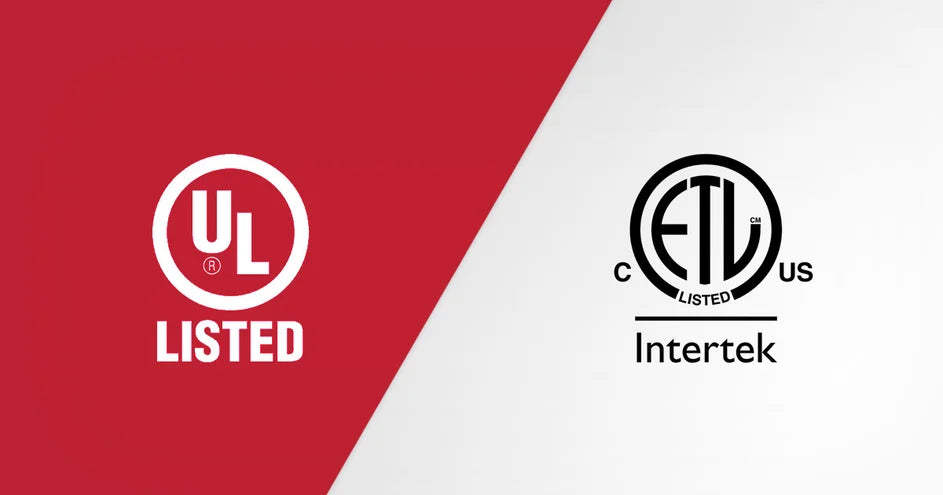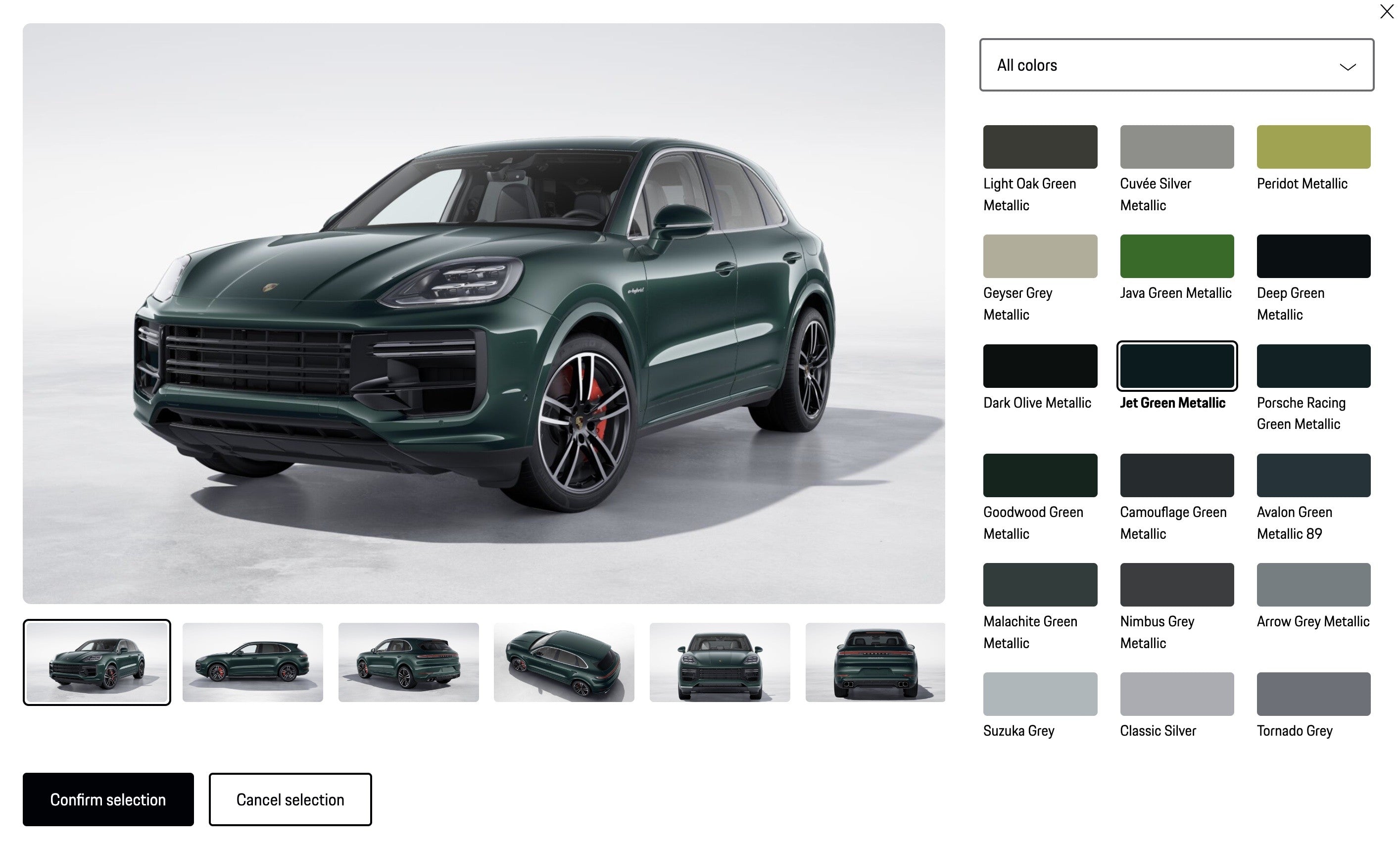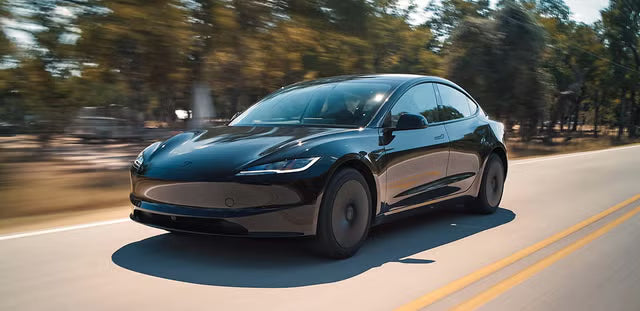Einführung
In Nordamerika ist die Sicherheitszertifizierung ein entscheidender Schritt für jedes Elektro- oder Elektrofahrzeugprodukt, das auf den Markt kommt. Auf den Produktetiketten erscheinen häufig zwei Prüfzeichen : UL (Underwriters Laboratories) und ETL (Electrical Testing Laboratories) . Viele Verbraucher gehen davon aus, dass das eine sicherer ist als das andere, doch das ist ein Missverständnis. ETL- und UL-Zertifizierungen sind hinsichtlich der Sicherheitsgarantie technisch gleichwertig und basieren beide auf denselben US-amerikanischen und kanadischen Standards. Der eigentliche Unterschied liegt in der Markenbekanntheit und Markterkennung , nicht im Grad des gebotenen Schutzes.
1. UL- und ETL-Zertifizierungen verstehen
Die UL-Zertifizierung erfolgt durch Underwriters Laboratories , eine 1894 gegründete US-amerikanische Organisation. UL entwickelt Sicherheitsstandards, führt Produkttests durch und zertifiziert, dass Geräte die nationalen Sicherheitsanforderungen hinsichtlich elektrischer, mechanischer und Brandgefahren erfüllen.
Die von Intertek verwaltete ETL-Zertifizierung geht auf die Electrical Testing Laboratories von Thomas Edison (1896) zurück. ETL prüft Produkte auch auf Konformität mit UL, ANSI, CSA und anderen anerkannten Sicherheitsstandards. Wichtig ist, dass ETL keine neuen Standards erfindet, sondern nach denselben Standards testet, die auch von UL verwendet werden .
Mit anderen Worten: Ein Produkt, das den ETL-Test besteht, erfüllt genau dieselben Sicherheitskriterien wie ein Produkt mit UL-Kennzeichnung.
2. Die technische Äquivalenz von UL und ETL
Manche halten UL zwar für „offizieller“, doch diese Annahme ist eher historisch als technisch bedingt. Sowohl UL als auch ETL sind in den USA von der US-amerikanischen Arbeitsschutzbehörde OSHA (Occupational Safety and Health Administration) zugelassene national anerkannte Prüflabore (NRTLs) .
Diese NRTL-Bezeichnung bedeutet:
-
Beide verwenden identische Testmethoden und Standards .
-
Beide führen Fabrikinspektionen durch, um die fortlaufende Einhaltung der Vorschriften sicherzustellen.
-
Beide werden von allen nordamerikanischen Regulierungsbehörden gesetzlich anerkannt .
| Vergleichskriterien | UL | ETL | Unterschied |
|---|---|---|---|
| Prüfnormen | UL/ANSI/CSA | UL/ANSI/CSA | Keiner |
| Behördliche Genehmigung | OSHA NRTL | OSHA NRTL | Keiner |
| Produktsicherheitsstufe | Gleich | Gleich | Keiner |
| Verbraucherbewusstsein | Höher | Etwas niedriger | Nur Anerkennung |
| Akzeptanz in den USA und Kanada | 100 % | 100 % | Keiner |
3. Warum Verbraucher UL oft leichter erkennen
UL gibt es schon länger und hat stark in die öffentliche Sichtbarkeit investiert. Viele Einkäufer, Ingenieure und Einzelhändler kennen das UL-Zeichen, weshalb es ein allgemein bekannter Name ist. ETL ist zwar ebenso glaubwürdig, aber auf dem Verbrauchermarkt neuer und wird manchmal als „weniger offiziell“ missverstanden.
Große Einzelhändler, Importeure und Codebehörden erkennen ETL-Zeichen jedoch uneingeschränkt an . In vielen Fällen ermöglicht die ETL-Zertifizierung dank des globalen Labornetzwerks von Intertek und der optimierten Testprozesse sogar eine schnellere Markteinführung von Produkten.
4. Zertifizierungsprozess: Identische Prinzipien und Ziele
Sowohl UL als auch ETL folgen bei der Erteilung der Zertifizierung praktisch demselben Verfahren:
-
Antrags- und Dokumentenprüfung – Technische Details und Komponentenlisten werden eingereicht.
-
Labortests – Elektrische, mechanische und thermische Leistungstests werden gemäß UL/CSA/ANSI-Standards durchgeführt.
-
Fabrikinspektion – Produktionsanlagen werden auf Konsistenz und Qualitätskontrolle geprüft.
-
Zulassung und Kennzeichnung – Das Zertifizierungszeichen (UL oder ETL) wird erteilt und in öffentlichen Datenbanken aufgeführt.
-
Laufende Konformität – Regelmäßige Nachkontrollen gewährleisten die fortlaufende Konformität.
5. Bedeutung der Zertifizierung bei Elektrofahrzeugen und elektrischen Produkten
Für Produkte wie Ladegeräte, Adapter, Verlängerungskabel und Stromanschlüsse für Elektrofahrzeuge ist eine Zertifizierung unerlässlich. Diese Produkte sind mit Hochspannung und Dauerstromfluss konfrontiert – jede Abweichung von den Standards kann Brand- oder Stromschlaggefahr bedeuten.
Die UL- und ETL-Zertifizierung gewährleistet:
-
Schutz vor Überhitzung und Überstrom.
-
Überprüfte Einhaltung der nordamerikanischen Elektrovorschriften.
-
Berechtigung für Einträge im Einzelhandel und auf Online-Marktplätzen (Amazon, Home Depot usw.).
-
Vertrauen für Verbraucher, dass die Sicherheit des Produkts unabhängig geprüft wurde.
Für Marken wie EVDANCE ist die UL- oder ETL-Zertifizierung ein Beweis für ihr Engagement in Bezug auf Zuverlässigkeit und Einhaltung gesetzlicher Vorschriften – beide Zeichen garantieren gleichermaßen die Produktsicherheit .
6. Markterkennung und Verbraucherwahrnehmung
Während UL nach wie vor bekannter ist, hat die Akzeptanz von ETL in den letzten Jahren aufgrund der Globalisierung und vereinfachter Genehmigungsverfahren stark zugenommen. Die meisten Ingenieure und Elektroinspektoren betrachten die beiden Prüfzeichen mittlerweile als austauschbar für die Konformitätsdokumentation.
Diagramm: Marktanerkennung von UL und ETL in Nordamerika
| Region | UL-Bewusstsein (%) | ETL-Bewusstsein (%) |
|---|---|---|
| Vereinigte Staaten | 90 | 82 |
| Kanada | 88 | 84 |
| Mexiko | 80 | 76 |
7. Häufige Missverständnisse entlarvt
| Missverständnis | Wirklichkeit |
|---|---|
| UL ist sicherer als ETL | Beide bieten die gleiche Sicherheit und erfüllen identische Standards. |
| ETL ist nur für billigere Produkte | ETL zertifiziert weltweit Premium- und Industrieprodukte. |
| Einzelhändler akzeptieren nur UL | Große US-Einzelhändler akzeptieren sowohl UL als auch ETL gleichermaßen. |
| ETL bedeutet weniger Inspektionen | Intertek führt dieselben Fabrik-Nachprüfungen durch wie UL. |
8. Fazit: Gleiche Sicherheit, unterschiedliche Logos
Sowohl UL- als auch ETL-Zertifizierungen stehen für dasselbe Maß an Sicherheit, Konformität und Verbraucherschutz . Der Unterschied liegt in der Marke, nicht in Qualität oder Zuverlässigkeit . Für Hersteller bedeutet jedes Zeichen volle Akzeptanz auf dem nordamerikanischen Markt. Für Verbraucher bedeuten beide Zeichen Sicherheit.
Unabhängig davon, ob Ihr EV-Ladegerät, Ihr Adapter oder Ihr Netzkabel ein UL-Zeichen oder ein ETL-Zeichen trägt, können Sie sich darauf verlassen, dass es dieselben strengen Sicherheitsstandards erfüllt, die von anerkannten US-amerikanischen und kanadischen Standards festgelegt wurden.








Aktie:
Tesla Full Self-Driving (FSD): Technologie, Sicherheit, Regulierung und was als nächstes kommt
November 2025 North American Pure Electric Vehicle (EV) Recommendations